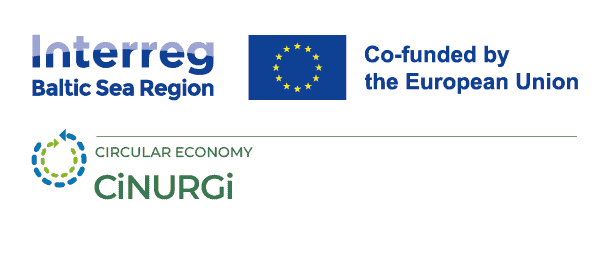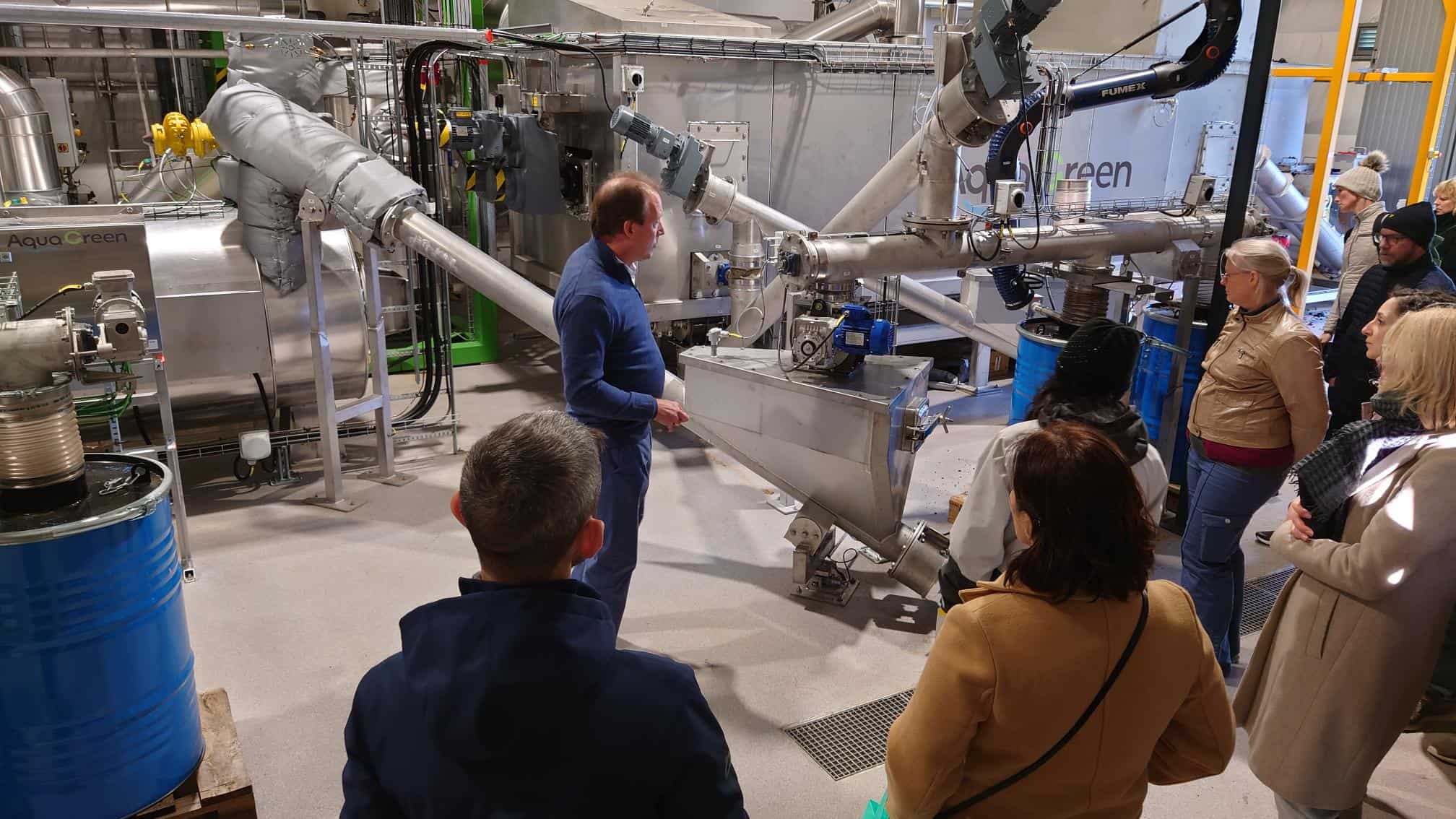
CiNURGi in the second Swedish Sewage Sludge Biochar Conference
19 November 2024
The main purpose of the conference was to gather different stakeholders around sludge biochar, municipal operations, consultants, companies and universities, in one place to be able to exchange experiences, network and clear up questions. The lectures touched on various subject areas such as sludge biochar’s physical properties, carbon persistence, phosphorus availability, separation of organic micropollutants and heavy metals, co-pyrolysis, utilisation of sludge biochar for purification from organic micropollutants, business models and system studies.
No fewer than 32 different speakers took the stage. Four companies (AquaGreen, Next Generation Elements, PYREG, and VOW) presented their technologies for producing sewage sludge biochar. The day before the conference, a study visit in collaboration with AquaGreen to the Fårevejle wastewater treatment plant was organised. On the final day, more than 50 people visited Testbed Ellinge’s pilot plant at Ellinge wastewater treatment plant.
PYREG highlighted that the process commonly used to produce sludge biochar should not strictly be referred to as pyrolysis. In pure pyrolysis, a water phase and an oil phase are also produced. These phases are generally avoided in applications at wastewater treatment plants (WWTPs) to ensure that all residues, apart from the biochar, are burned in the gas burner to utilize the heat energy for drying. Liquid phases are typically not formed in large quantities, likely due to some oxygen entering the process. This can occur partly through trapped air in the sludge, partly from the water remaining in the sludge after drying, and partly due to other intrusions. PYREG suggests that this process be referred to as carbonization. In contrast, gasification involves the controlled addition of oxygen.
The third Swedish Conference on Sewage Sludge Biochar will take place in October 2026.
The original text by David Gustavsson can be read here.







